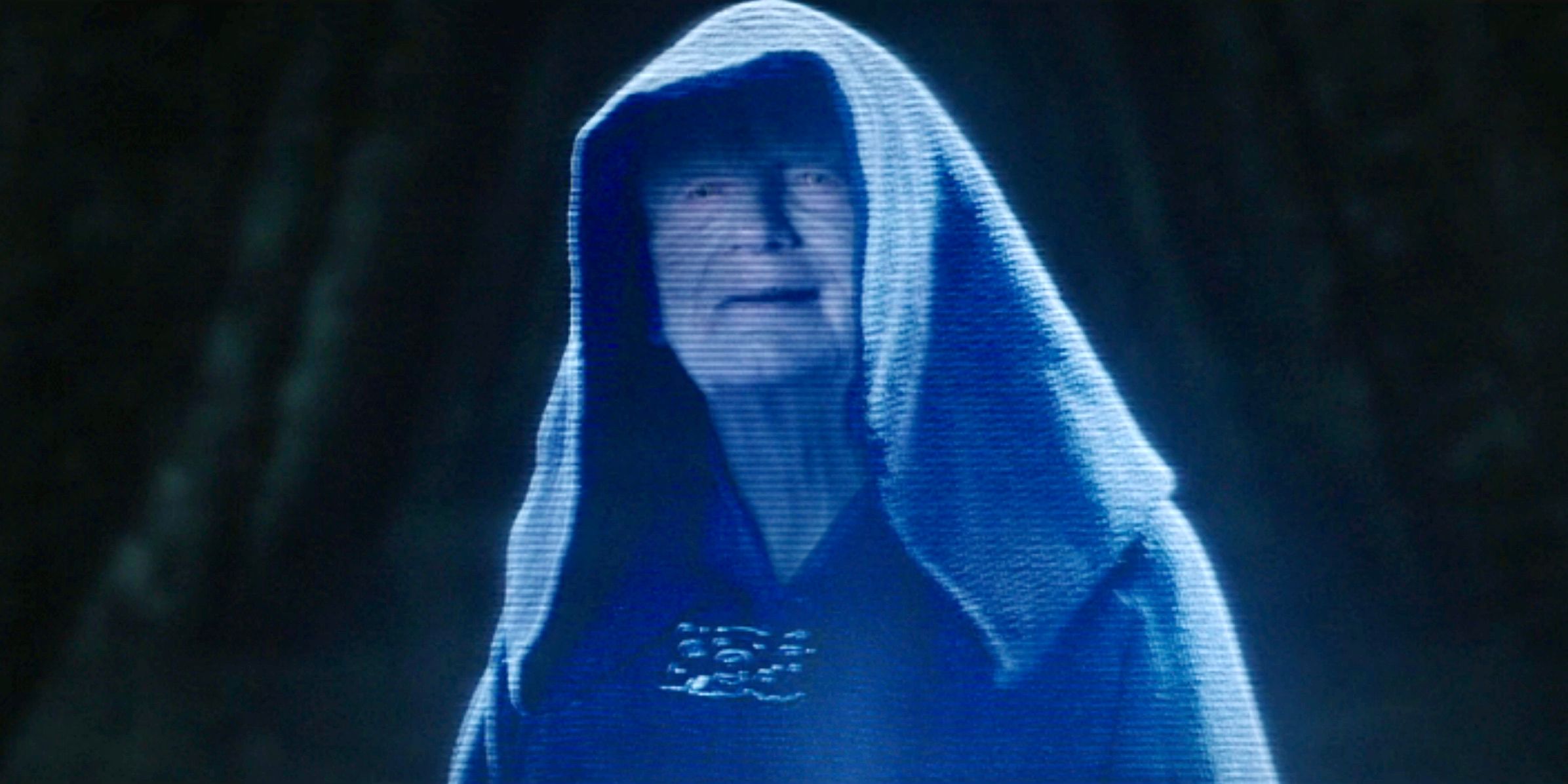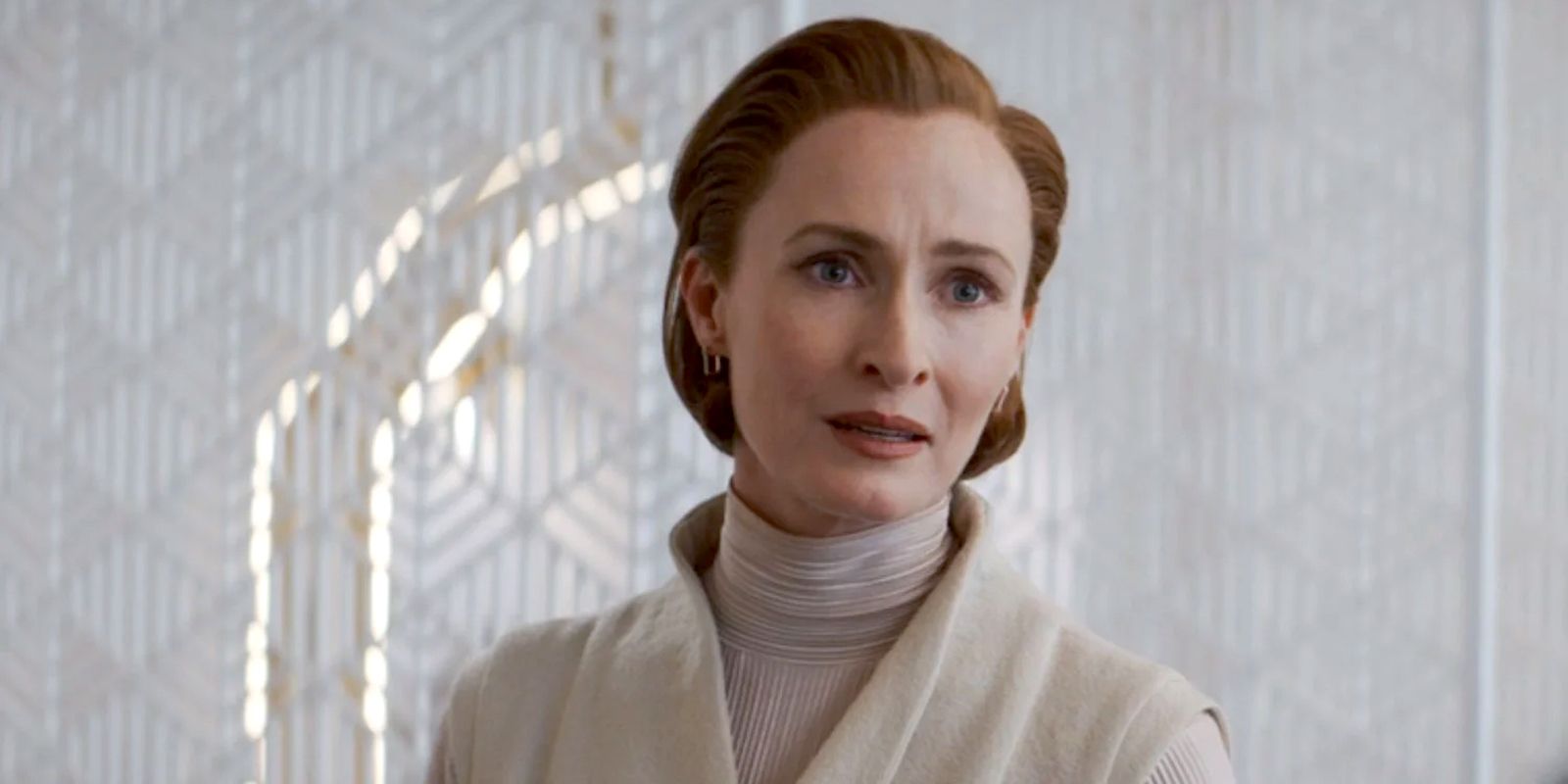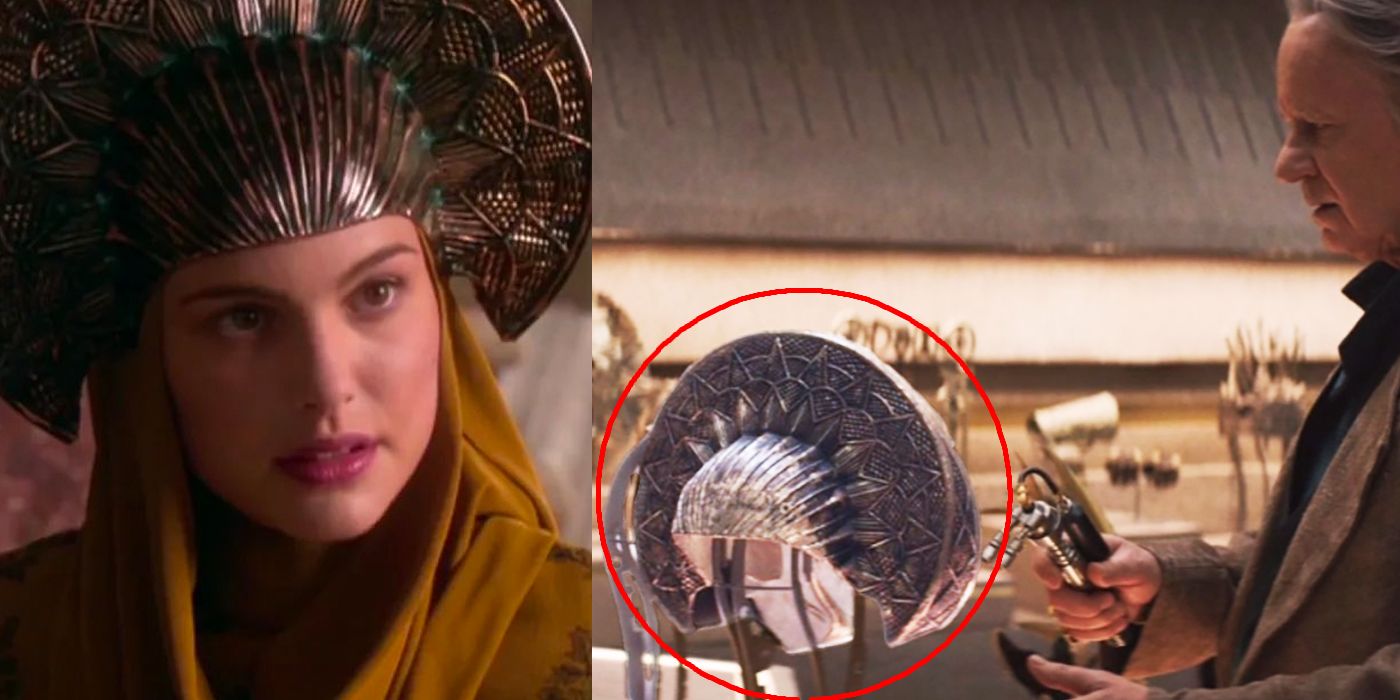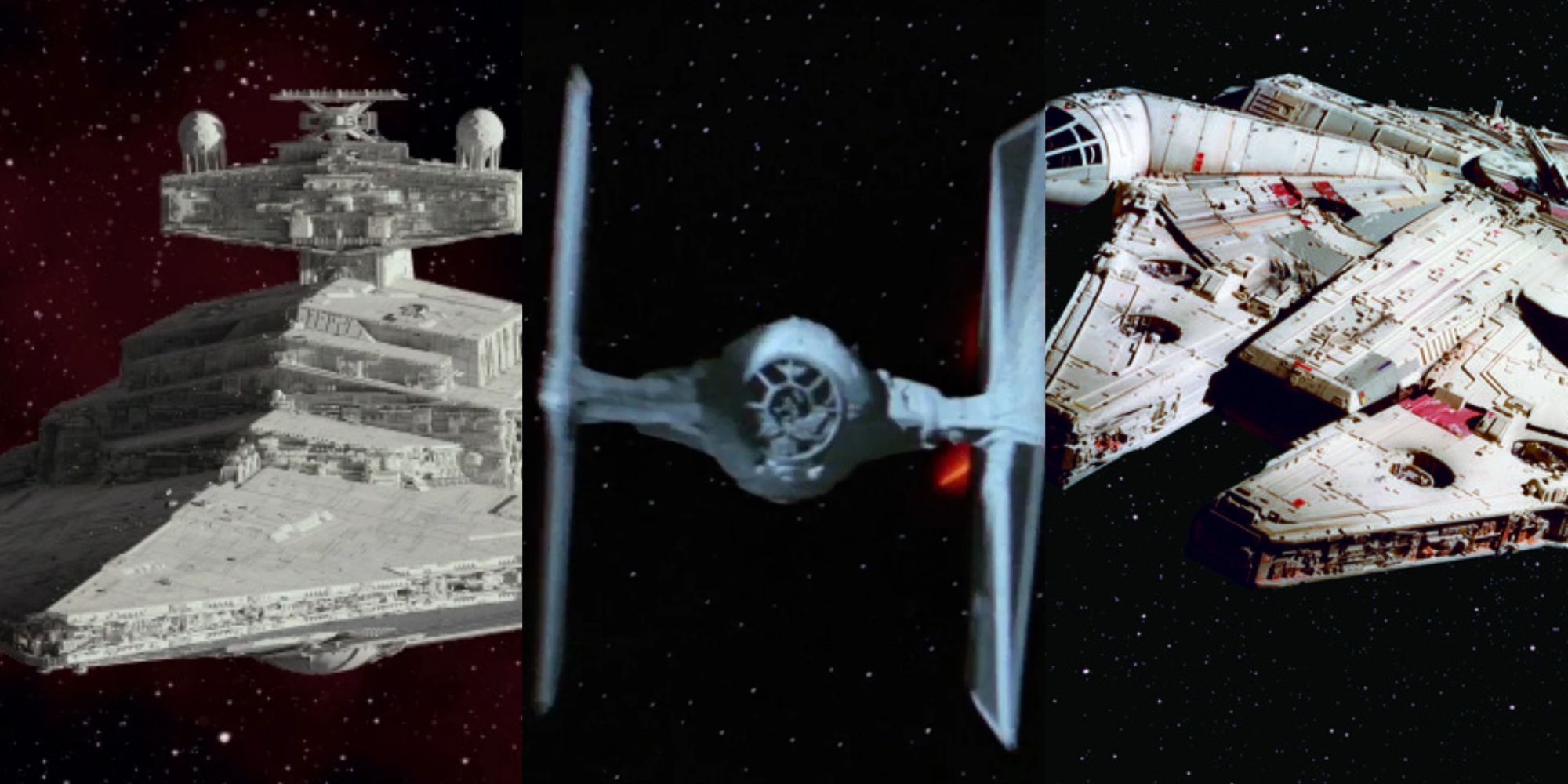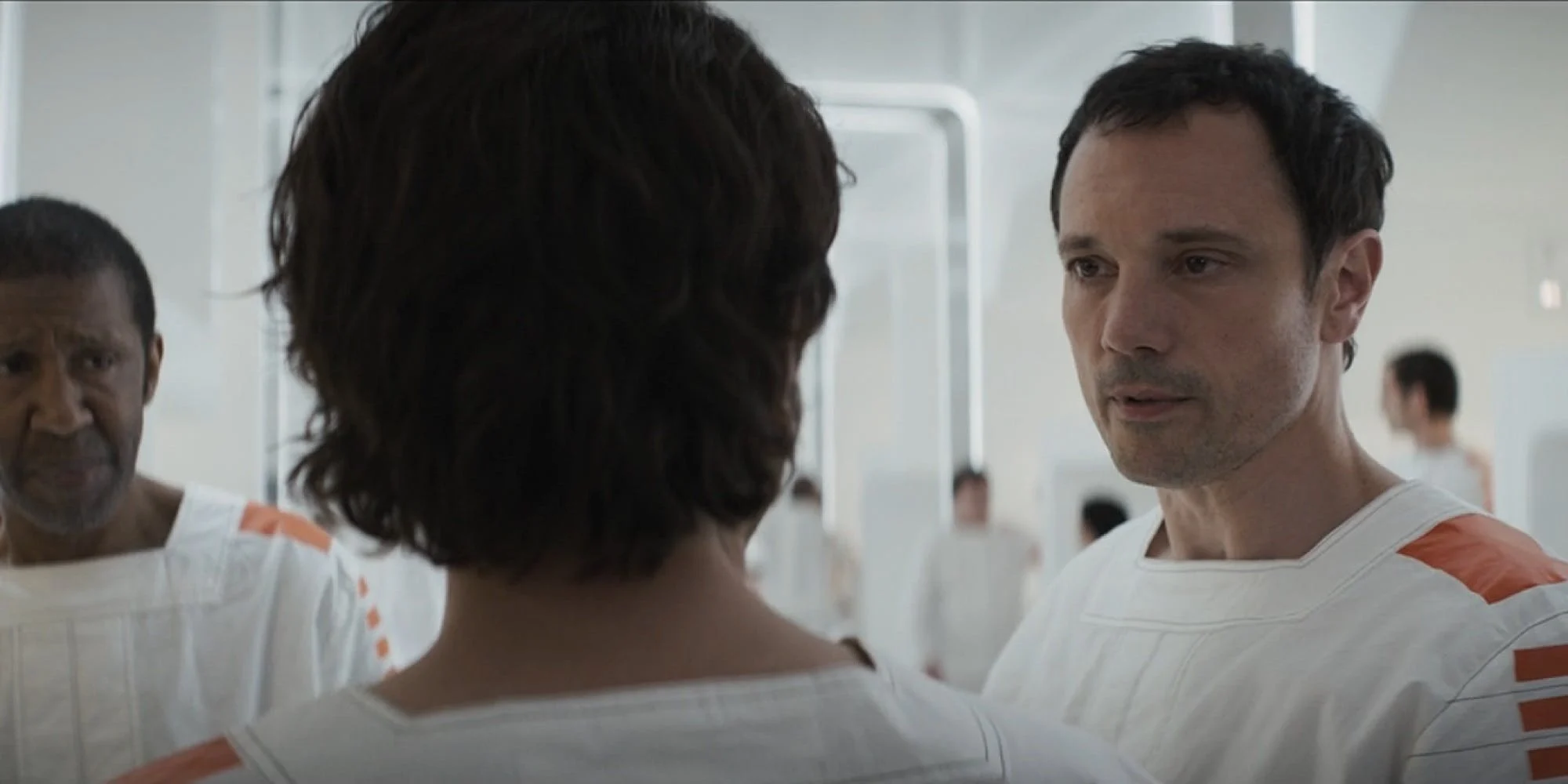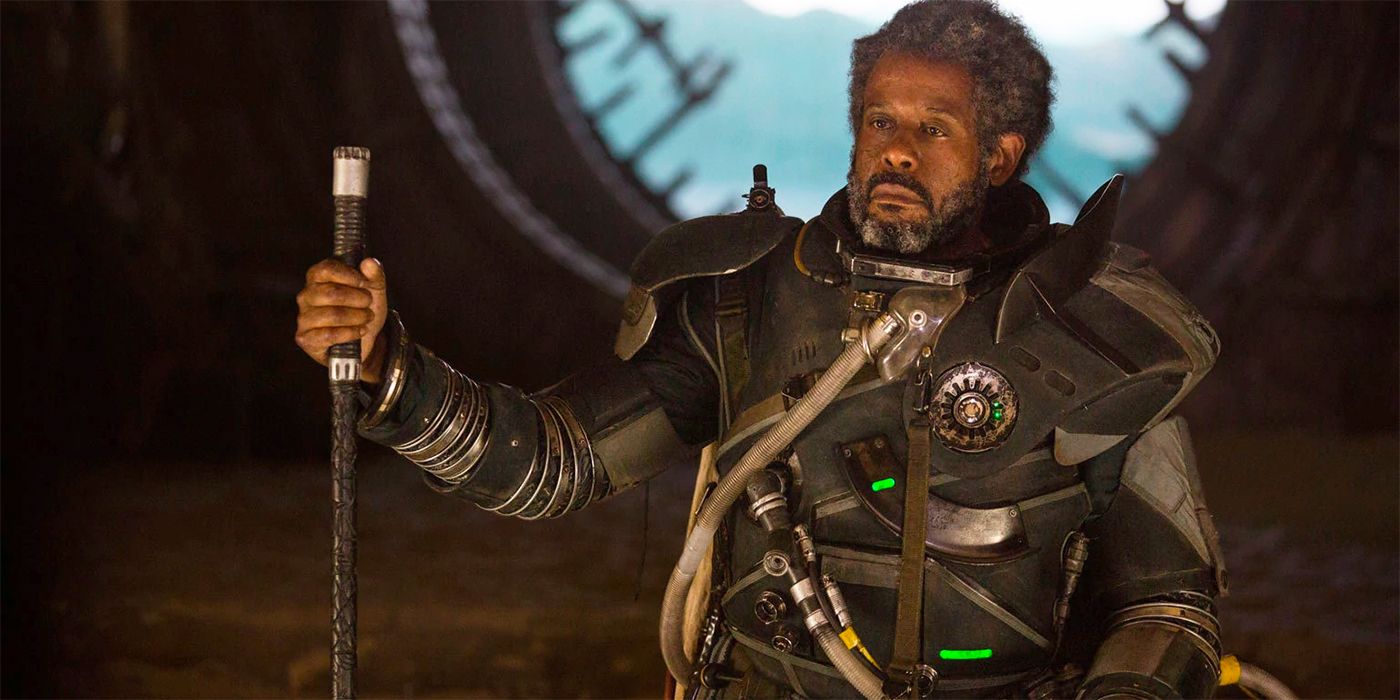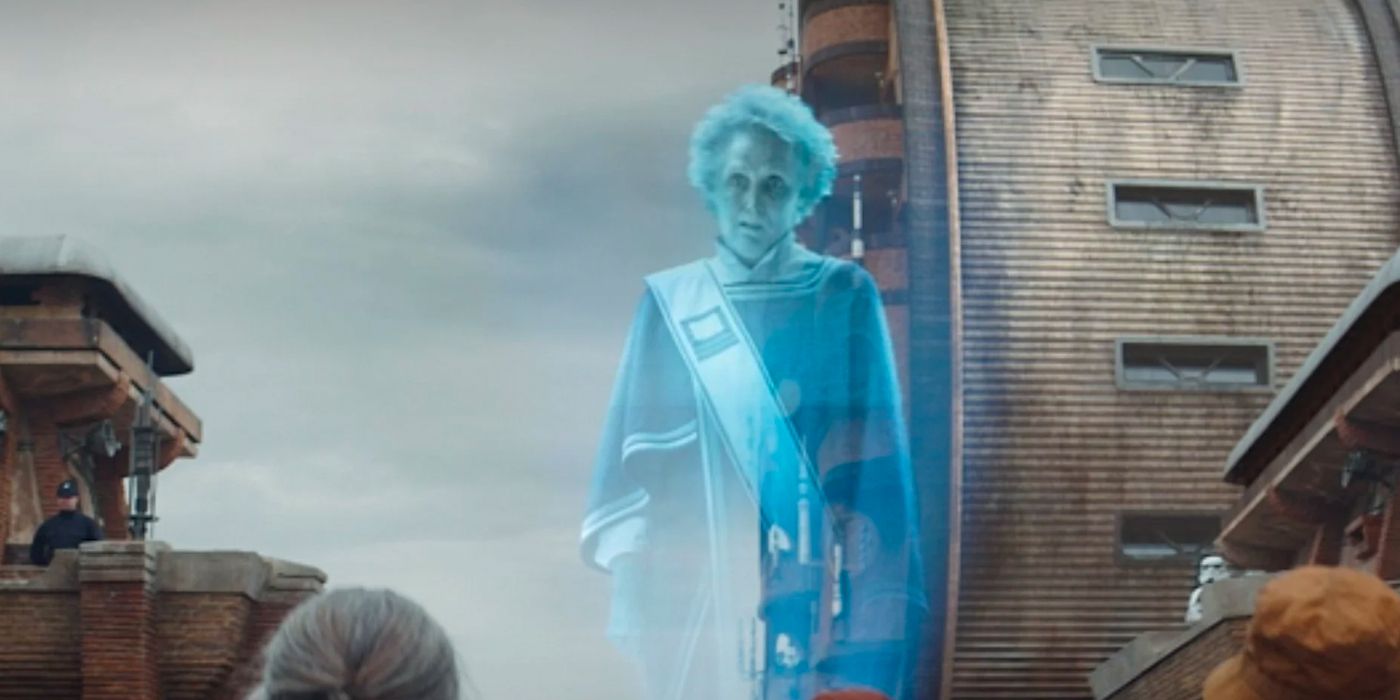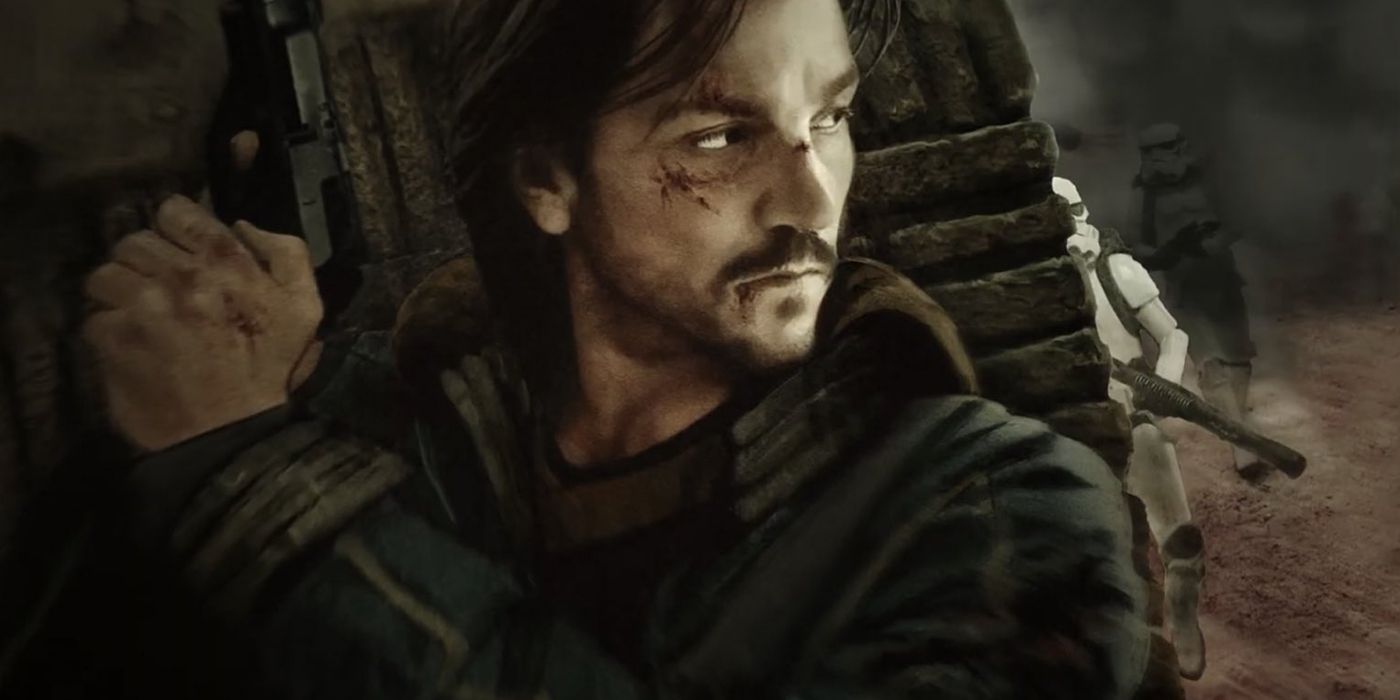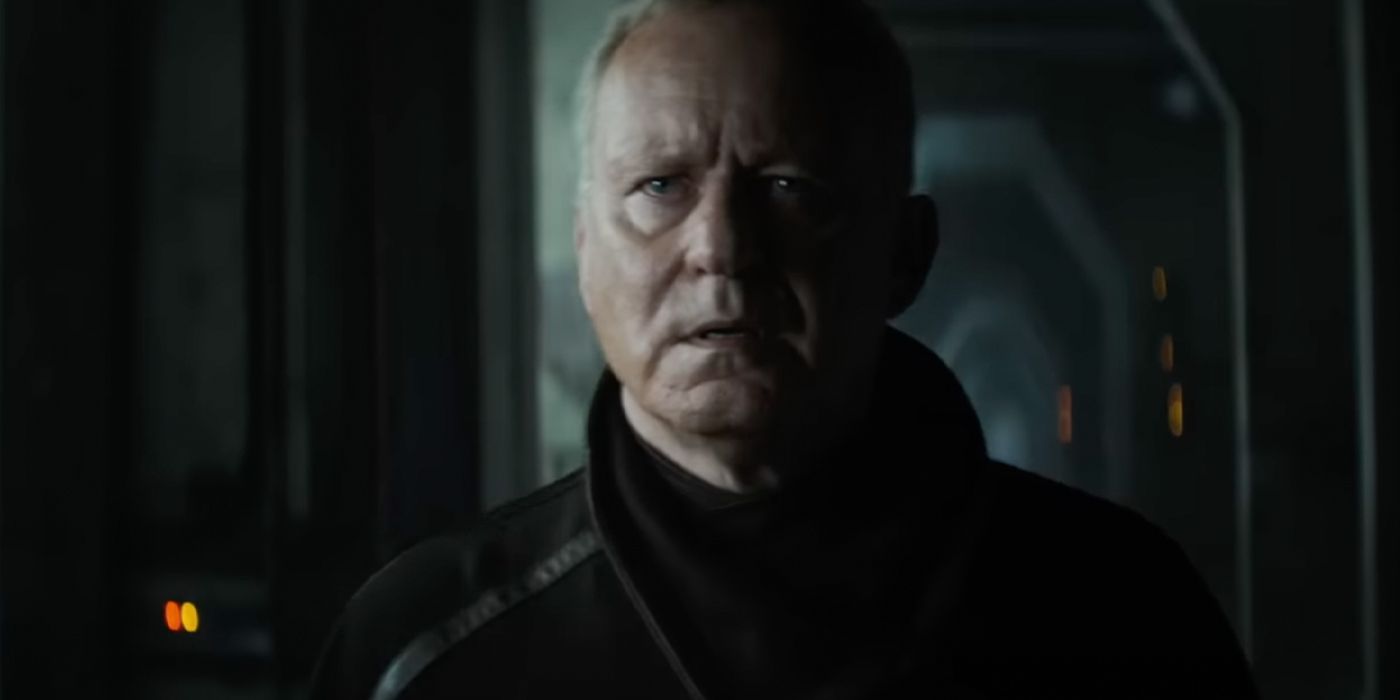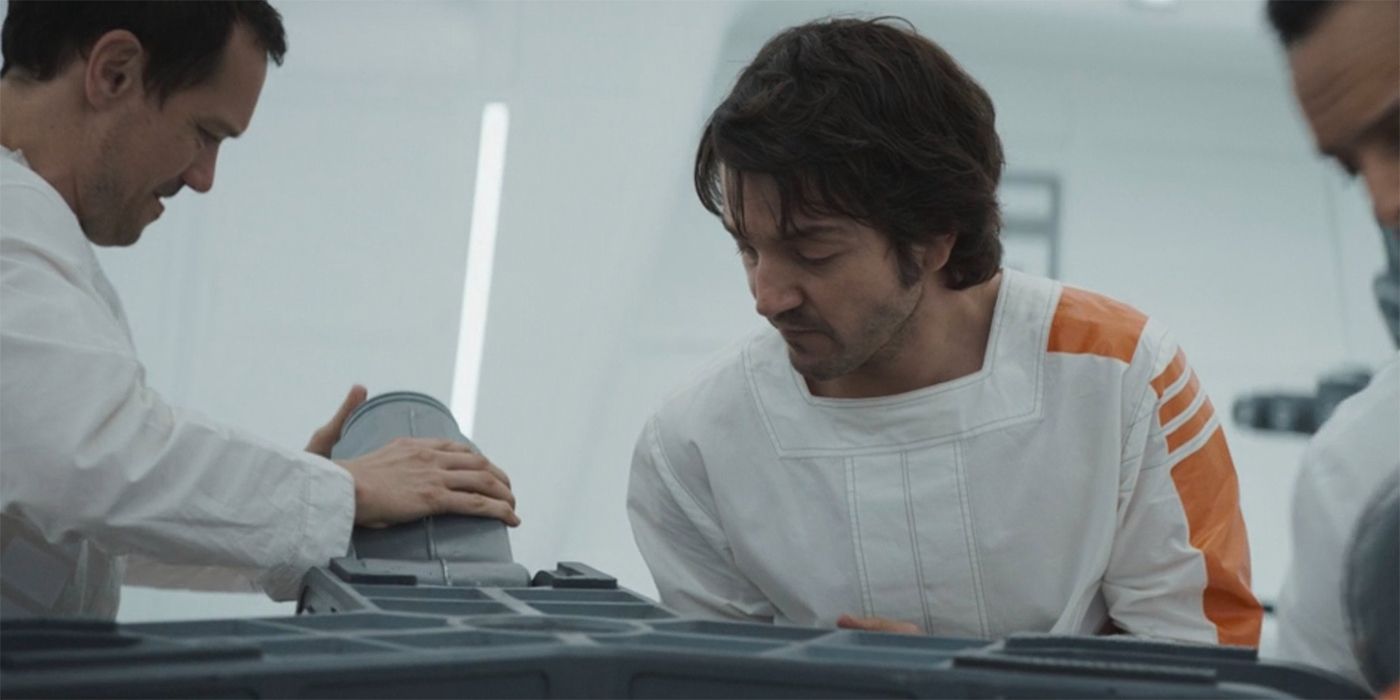Andor's twelfth episode of season one is now streaming on Disney+, bringing Star Wars' latest installment to a pause. Though it has not garnered the kind of attention that other Star Wars' TV series have, like the Mandalorian, there are still plenty of fans who have fallen in love with the series.
Many franchises nowadays, Star Wars included, put a lot of its energy into cameos within their universes. Andor, many agree, is the exception. The focus is not on the cameos but on the characters' ideals, their struggles, and how it all ties into the Rebellion. That being said, there are still plenty of references and nods to the greater Star Wars universe, if you know where to look for them.
Warning: spoilers ahead for Andor season 1.
Mon Mothma: Rebel In Disguise
One of the most obvious nods to the greater Star Wars universe is the introduction of Senator Mon Mothma (Genevieve O'Reilly). In Andor, the Senator, in over her head, is struggling to provide funds to the budding Rebellion without being caught by the Empire.
Andor certainly gives Mon Mothma more depth than she was allowed in previous installments. Here, audiences get to see her develop as a character alongside the build-up of the Rebellion. This key character in the Star Wars franchise makes Mon Mothma's appearance one of the best references in the show.
Antique Shop: Padme In Hiding
There is a refreshingly limited amount of Easter Eggs in the Andor show. However, it would not truly be Star Wars if there wasn't at least some reference to the other projects. Fans don't get to see Darth Vader in this film, but they do get a blast from his past; Padme's (Natalie Portman) headdress.
Luthen (Stellan Skarsgård), mastermind behind the growing rebel effort, fronts as a store owner on Coruscant. Here, he sells rich members of the political world antiques from across the galaxy. One of many recognizable items on display is Padme's headdress. The quick flash of the headdress is a blink-and-you'll-miss-it moment, but for those who can catch it, it serves as a wonderful reference to the world before the Empire.
Rebel Ships: The Fight On The Horizon
In the realm of ships, the Empire is notoriously known for its massive, wrathful vessels. The Rebellion has no such destroyers lying around, but they have just about everything else. Some of these ships can be seen in the eleventh episode, serving as a not-so-subtle reference to the fight to come.
When Luthen goes to confront Saw Gerrera for a second time, he is stopped by security before being allowed to pass. Behind Saw's guards lay fighter ships, which may very well be used in the upcoming battles fought by the Rebellion. A quick reference is all audiences need to remember that heavy fire-fights are lingering just beyond the horizon.
Melshi: Loyal From The Start
Who didn't freak out when they witnessed Cassian meeting Melshi (Duncan Pow) for the first time in the Narkina 5 prison? To those who have forgotten some of the characters, or to those who never watched Rogue One, Melshi's reintroduction might have been missed. But he is an integral character in Cassian's story, and he also serves as one of the show's best references.
Throughout his imprisonment, Melshi shows a bit of rebellious spirit against the Empire. When it is time to break out, Melshi is one of the quickest to act. His most crucial scene is not when he breaks out, but when he goes back for those who were left behind. Melshi's loyalty shines here, and it is great foreshadowing for the choices he makes in Rogue One.
Saw Gerrara: 'Rogue One' Cameo
Forest Whitaker's appearance as Saw Gerrera in Andor came as a delightful surprise to many. The rebel extremist played a large role in Rogue One; he was Jyn's adoptive father before later abandoning her. In Andor, audiences learn a little bit more about just what makes Saw tick.
Saw displays an almost alarming amount of paranoia when faced with Rebel decisions, especially when Luthen is involved. This paranoia is exactly what led him to abandon Jyn. Gerrera's involvement in Andor, while easily overlooked, is necessary to understanding Saw's character, which influences Jyn's actions and effects the greater Star Wars universe.
Hologram: Messages From Beyond
Another great reference to the Star Wars universe comes from the poignant scene where Maarva's (Fiona Shaw) hologram speaks to the grieving people of Ferrix. She encourages the citizens to fight the Empire and their oppressive ways, and sparks rebellion in the members of the town.
Aside from delivering an excellent speech that leads to a riot, Maarva's hologram serves as a direct reference to Rogue One. Jyn sees a pre-recorded hologram of her father, which ignites her desire to fight. The messages from beyond inspire both Cassian and Jyn to give everything they've got for the Rebellion, a parallel that makes them heroes.
Climbing: The Motif Of The Rebellion
Andor is overflowing with metaphors and subtle messages, ones showing the dynamics of family, life, freedom, and (of course) rebellion. One of the best of these metaphors from the series carries into the events of Rogue One: A Star Wars Story. In these two projects, the simple word "climb" is turned into a powerful term that carries the characters through their fight.
Nemik (Alex Lawther), maker of the rebellion manifesto, shouts the word as he guides Cassian (Diego Luna) through the Eye in the sixth episode. Again the term is heard when Andor and the prisoners are breaking out of Narkina 5. In Rogue One, "climbing" sends Cassian racing after Jyn (Felicity Jones), and together they make sure the Rebel forces receive the plans for the Death Star. "Climbing" in Andor is not just an action, it's a reminder of the hope that surrounds the Rebellion. Featured in both Andor and in Rogue One, this seemingly innocent word is a core motivator for the fight against the Empire.
Name Drops: Classic References
As amazing as the hidden references and metaphors within Andor are, sometimes it's fun to have a classic reference. The Disney+ series is happy to oblige, in the form of name-dropping. Emperor Palpatine (Ian McDiarmid) is mentioned once or twice throughout the show, usually during those intimidating ISB meetings.
Outside of characters, there are also location references sprinkled throughout; for example, Alderaan, Jakku and Coruscant, the latter of which is the hub for much of the politics in the series. Swift though these references are, they are wonderful reminders that the greater Star Wars universe exists, and that it will soon face a battle against the Galactic Empire.
Sacrifice: The Sunrise That Will Never Be Seen
Luthen's chilling speech to the spy (Robert Emms) at the end of the tenth episode served a duel purpose. The first and more obvious reason was to show Lonni (and audiences) just how much the Luthen was sacrificing in his scheme to vanquish the Empire.
The second meaning behind Luthen's words is a nod to all that have lost and will lose their lives to the cause. Andor is full of characters who fight for that 'sunrise that they will never see,' and Luthen reminds viewers just how much the Rebels have to pay in order to achieve their goal.
End Credit Scene: Destruction On The Horizon
Andor's end credit scene was quite possibly the best reference to the greater Star Wars universe in this show. Cassian spends a significant amount of time in the depths of an Imperial prison, building machine parts for the Empire. When he escapes, the results of his labor are all but forgotten about; until the end credit scene.
The final scene is a slow zoom-out showing the things Cassian helped build in prison are being used to create the Death Star. The horrifyingly poetic message behind this ending is that Cassian built the weapon of his own destruction, which goes on to become an enormous threat to any opposing the Empire. This reference is the last and the best of the show, connecting the events of Andor to the larger Star Wars universe.

